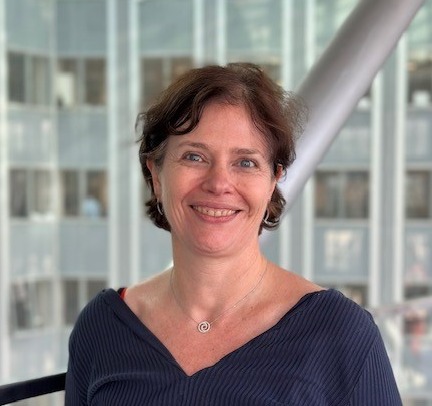DIGITOPIA - Panel 2: Striking the Balance Between Build-Out and Flexibility
To cope with the ever-increasing need for more grid capacity to meet rising clean electricity demand, both DSOs and TSOs acknowledge the necessity of substantial grid build-out and optimising operations with flexibility mechanisms. However, the “Wired for Tomorrow” report found that DSOs, in particular, underutilise digitalisation in grid expansion and flexibility efforts. Both DSOs and TSOs across Europe have been developing digital tools to visualise and control energy resources, laying a strong foundation for managing current and future flexibility and maximising efficiency.
Achieving long-term success requires the right mix of massive build-out and grid-friendly flexibility. To maintain a symbiotic relationship between renewable energy and demand/storage, DSOs and TSOs would need to leverage more advanced digitalisation solutions, including, but not limited to, dynamic grid management, digital twin simulation, and collaborative planning platforms.
In addition, incorporating smart grid performance indicators (KPIs) can provide a framework to evaluate the effectiveness of these digital solutions and track progress in achieving flexibility and efficiency goals. By measuring key aspects of smart grid operations, these KPIs can help DSOs and TSOs make informed decisions about infrastructure upgrades and ensure that both build-out and flexibility initiatives are aligned with their strategic objectives.
This panel will explore these critical themes, providing insights and strategies for both DSOs and TSOs to effectively support the energy transition.
Questions for Discussion:
1. How can DSOs and TSOs better utilise digital technologies in their grid expansion projects?
2. What are the short-term and long-term strategies for balancing grid build-out and flexibility for both DSOs and TSOs?
3. How can advanced digital solutions like digital twins and dynamic grid management aid DSOs and TSOs in achieving this balance?
4. How can smart grid performance indicators support these efforts and measure their successes?








)
)
)
)
)
)
)
)
)
)
)
)
)
)
)
)
)
)
)
)
)
)
)
)
)
)
)
)
)
)
)
)
)
)
)
)
)
)
)
)
)
)
)
)
)
)
)
)
)
)
)
)
)
)
)
)
)
)
)
)
)
)
)
)
)
)
)
)
)
)
)
)
)
)
)
)
)
)
)
)
)
)
)
)
)
)
)
)
)
)
)
)
)
)
)
)
)
)
)
)
)
)
)
)
)
)
)
)